Is this the end of the road for the hot hatch?
At the start of last decade, the thought that SUVs would overtake passenger cars was considered outrageous. And the idea that SUVs would become popular performance vehicles even more outlandish. Yet, here we are at the start of a new decade where performance SUVs look set to go mainstream.
Premium brands have led the charge so far with the likes of the Porsche Cayenne, Audi SQ5 and Mercedes-AMG GLC63 becoming increasingly popular. Most luxury brands now have multiple hi-po high-riders to cater to as many markets as possible. Take Audi for example, it has the RSQ3, RSQ3 Sportback, SQ5, SQ7, SQ8 and RSQ8, with the SQ2 on the way this year.
Recently Hyundai revealed the first details of its new Kona N, and it’s set to shake-up the hot hatch and mainstream performance car market as we know it. That’s because the Kona N follows the same philosophy as a hot hatch, but puts it in a taller package at a time when SUVs are continuing to stifle passenger car sales.
The Kona N will be powered by the same 206kW 2.0-litre four-cylinder turbocharged engine as the i30 N, get the same eight-speed dual-clutch transmission and the same front-wheel-drive chassis with limited-slip differential.

This is the first major brand to try this concept since the ill-fated and short-lived Nissan Juke Nismo RS. But Hyundai is not alone in having high-performance SUVs ready to go and if the Kona N proves successful, it’s highly likely that this new market will expand rapidly in the next few years.
In fact, it’s already begun. Ford has previewed the Puma ST in Europe, it takes the compact SUV body and fits the same powertrain as the Fiesta ST. Ford Australia has ruled it out for now, but if there’s an obvious shift away from hot hatches and into hot SUVs, it may force them to reconsider.
Then there’s Volkswagen, which was already at the cutting-edge of this market anyway with its Tiguan 162TSI R-Line. While not a dedicated performance model, it featured a hot hatch powertrain and sporty bodykit. Interestingly, it’s been the best-selling individual Tiguan model since it launched in 2017.
Which is why the German brand will introduce both the 235kW Tiguan R and Kona N-rivalling T-Roc R in 2022; in addition to the new-generation Golf R. Volkswagen is so confident there is a growing market for hot SUVs, it is adding the Tiguan R alongside the 162TSI R-Line variant instead of replacing it because it believes there is enough demand for both.

Volkswagen sister-brand, Skoda actually beat Hyundai to the performance SUV game when it launched the seven-seat Kodiaq RS in 2020. While far bigger than a hot hatch, it offers genuine performance from its 2.0-litre turbo-diesel engine as well as other go-fast parts.
It will actually move closer to hot hatch territory in 2022, at least technically-speaking, when the diesel engine is set to be replaced by a petrol motor - most likely the same 2.0-litre turbo found in the Golf GTI and R.
And it’s not just petrol-powered hot SUVs that are coming either. Last week Renault confirmed that its rejuvenated Alpine brand will introduce an all-electric SUV based on the same underpinnings as the Nissan Ariya.
If the trend continues, and small car sales continue to shrink, by the end of the decade the likes of the Kona N and T-Roc R could be the new hot hatch heroes.


.jpg)

.jpg)


.jpg)



.jpg)
.jpg)
.jpg)
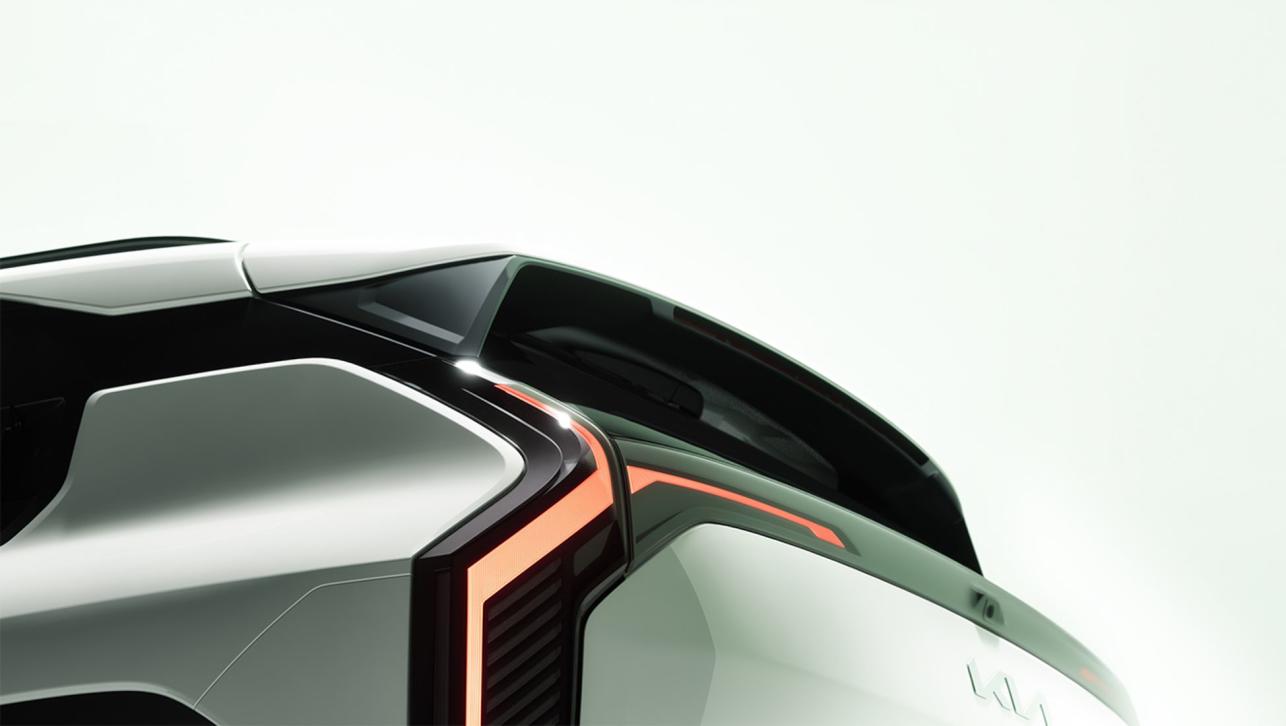

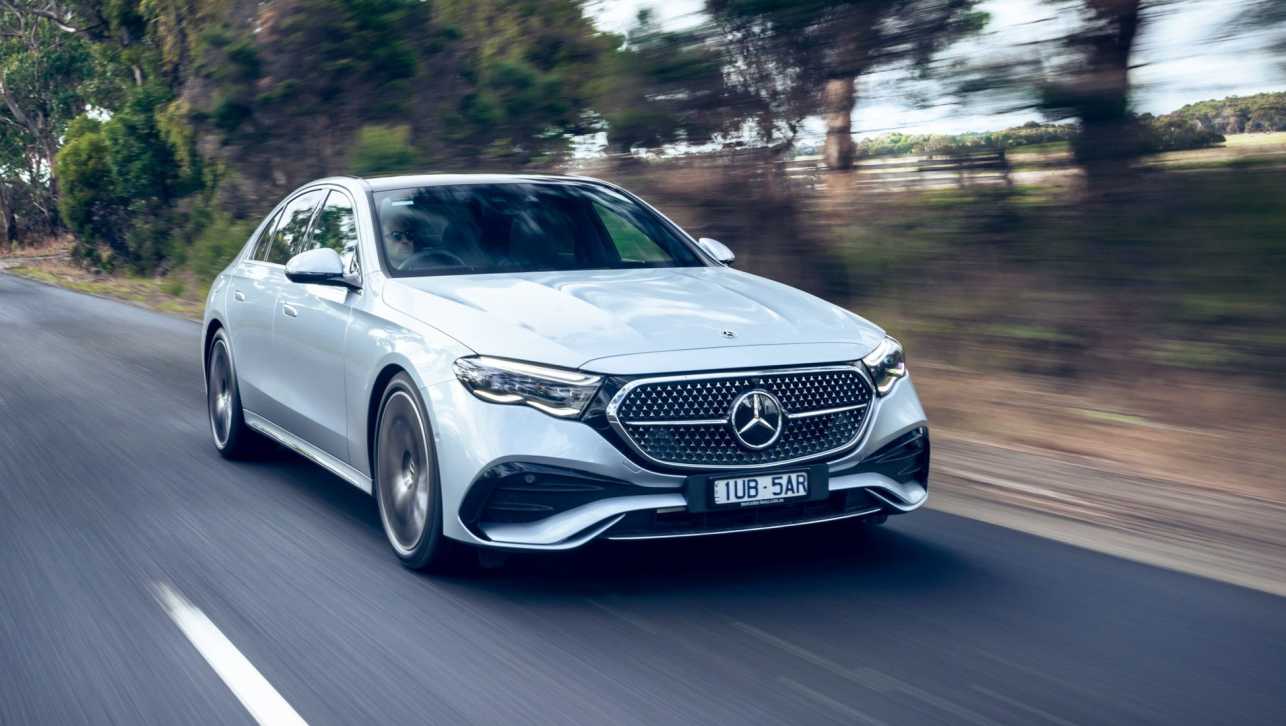
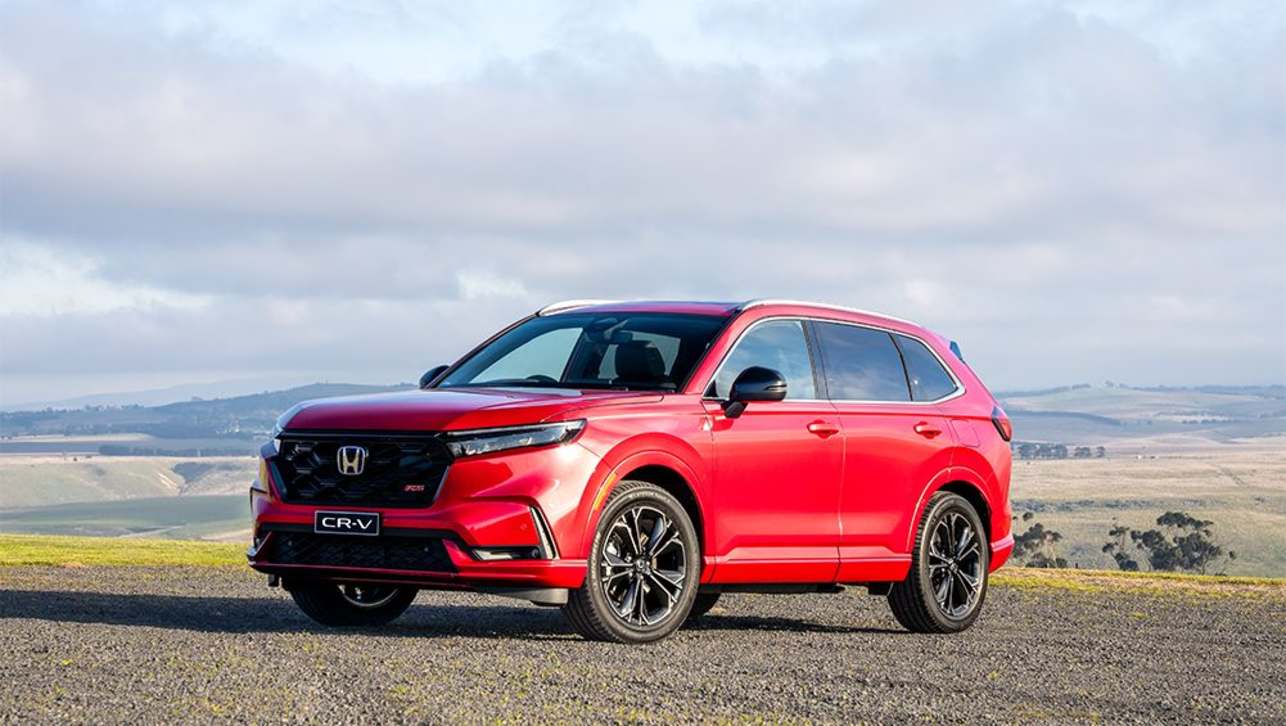

.jpg)

.jpg)

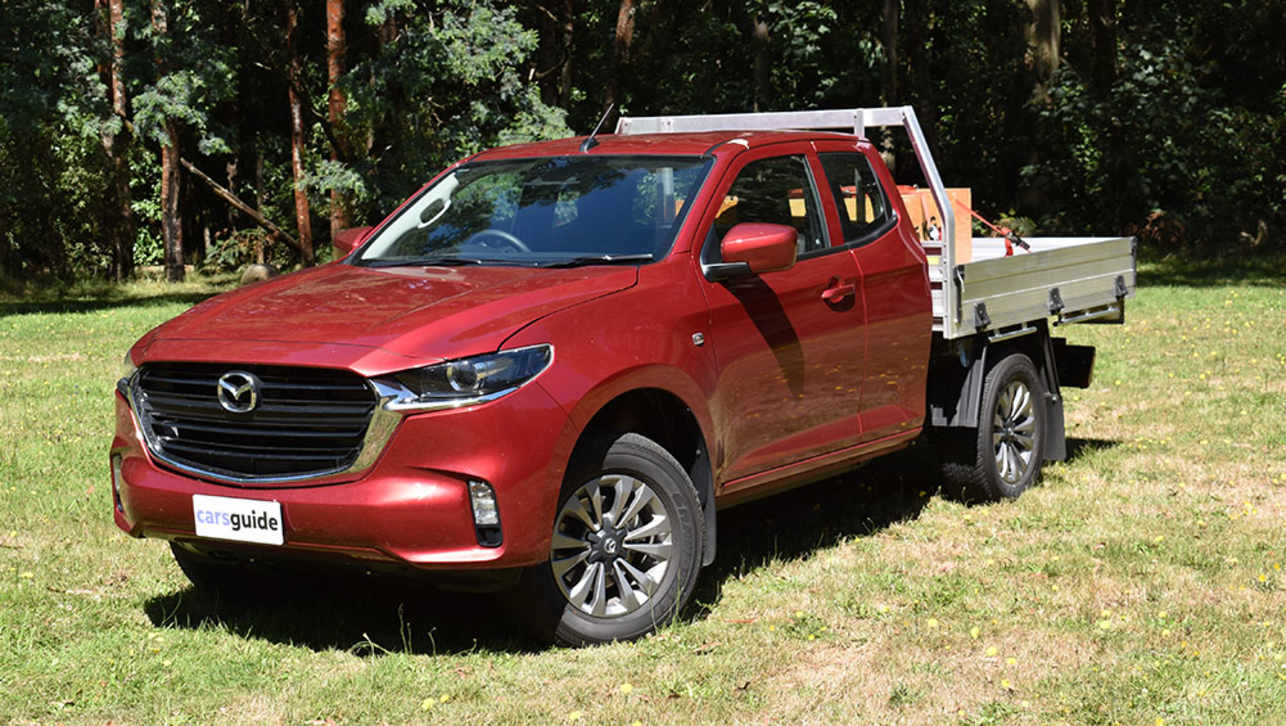
.jpg)
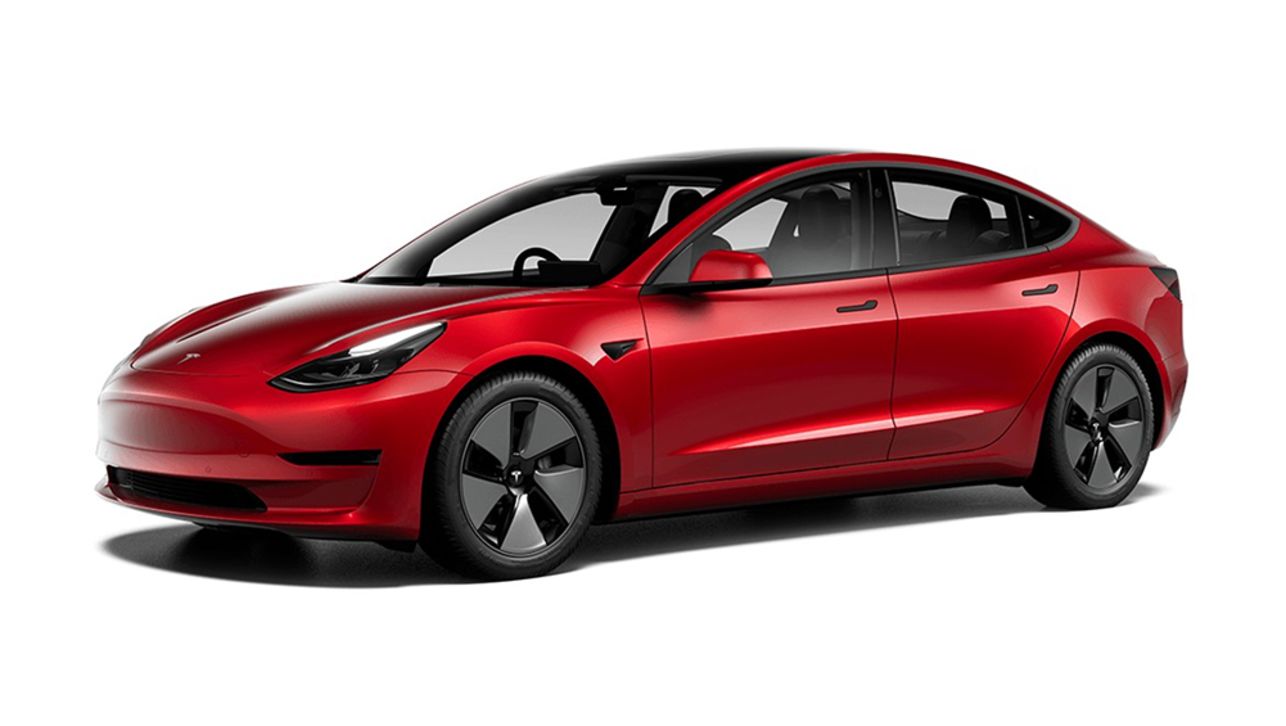




Comments